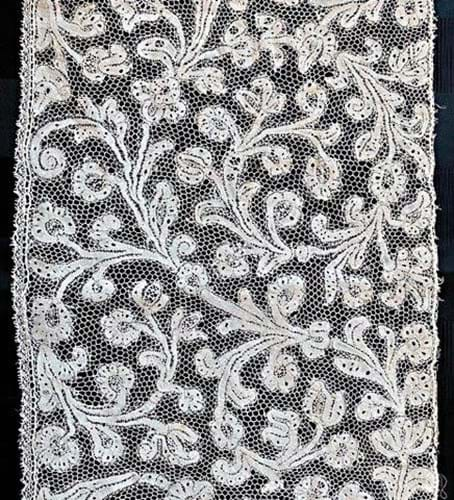Anne has been selling lace, bobbins and textiles for the past four decades and her son Phil joined gradually.
He now runs the business following Anne stepping back from the day-to-day operations. They also trade via Instagram and eBay.
1 Anne, when and where did you start dealing?
It began with the art market along the railings at Green Park in the late 1970s, before moving to Portobello market in the early 1980s, where I began to sell antique textiles.
2 Phil, when did you become involved in the business and why?
As the child of an antique dealer, you’re sort of ‘involved’ from the beginning, in that you get taken along to markets, auctions, etc. It was only recently that I realised I’d picked up quite a lot of knowledge about antique lace from my mum without actively learning it, so I thought I would have a go!
3 What is one challenge that Portobello Road dealers face?
The main challenge has been longstanding – exacerbated by the pandemic. It is that many premises formerly home to antique dealers (either in galleries or in shops) have been turned into cafes, chain stores, estate agents etc. Portobello antiques market is an ecology under threat. Unless the antiques section of Portobello Road is given some sort of protected status (perhaps like Savile Row), I can’t see how the trend can be halted.

Flemish bobbin lace, made in the 17th century, 13½ x 8½in (35 x 22cm), priced at £70 from Swift Antique Lace.
4 One object you couldn’t do without?
Being on a stall outside in all weathers, a tarpaulin is pretty essential.
5 What sort of buyers look for antique lace?
It’s a mixture of collectors, dealers and designers. Antique lace is something of a rarefied market.
If you would like to be featured in 5 Questions, please contact gabrielberner@antiquestradegazette.com

















